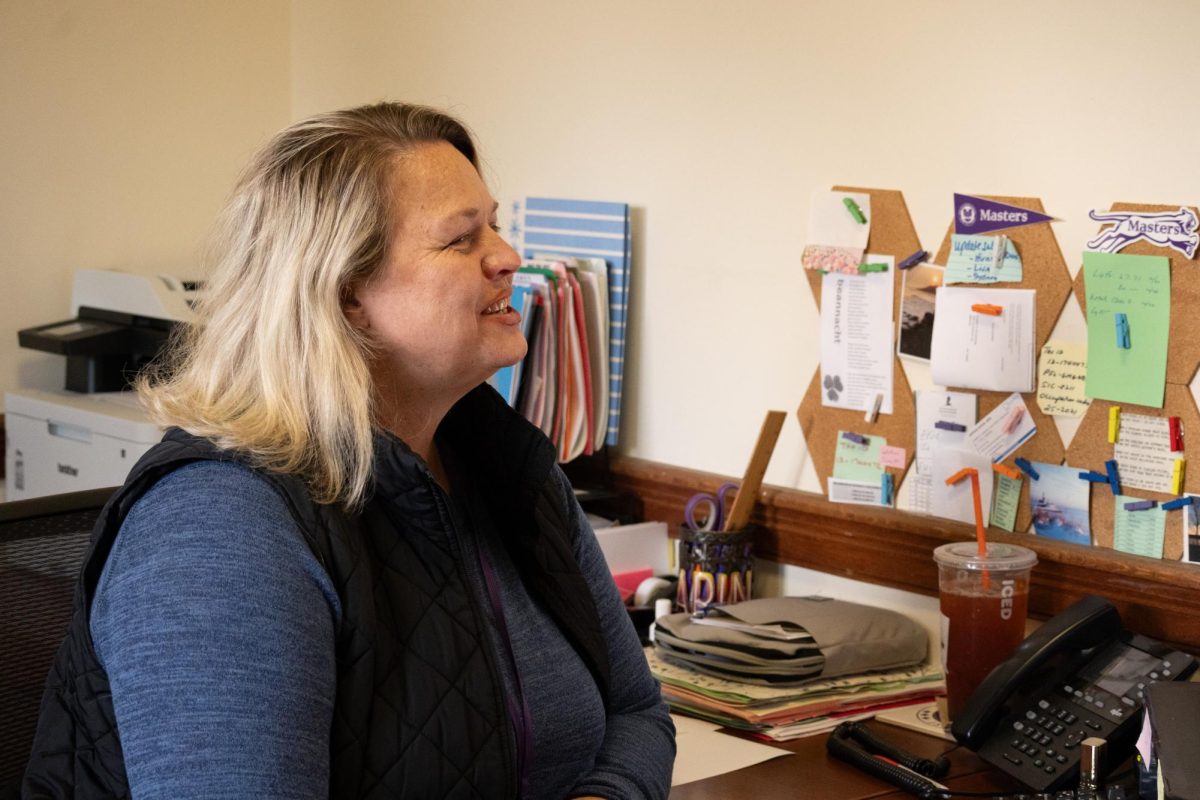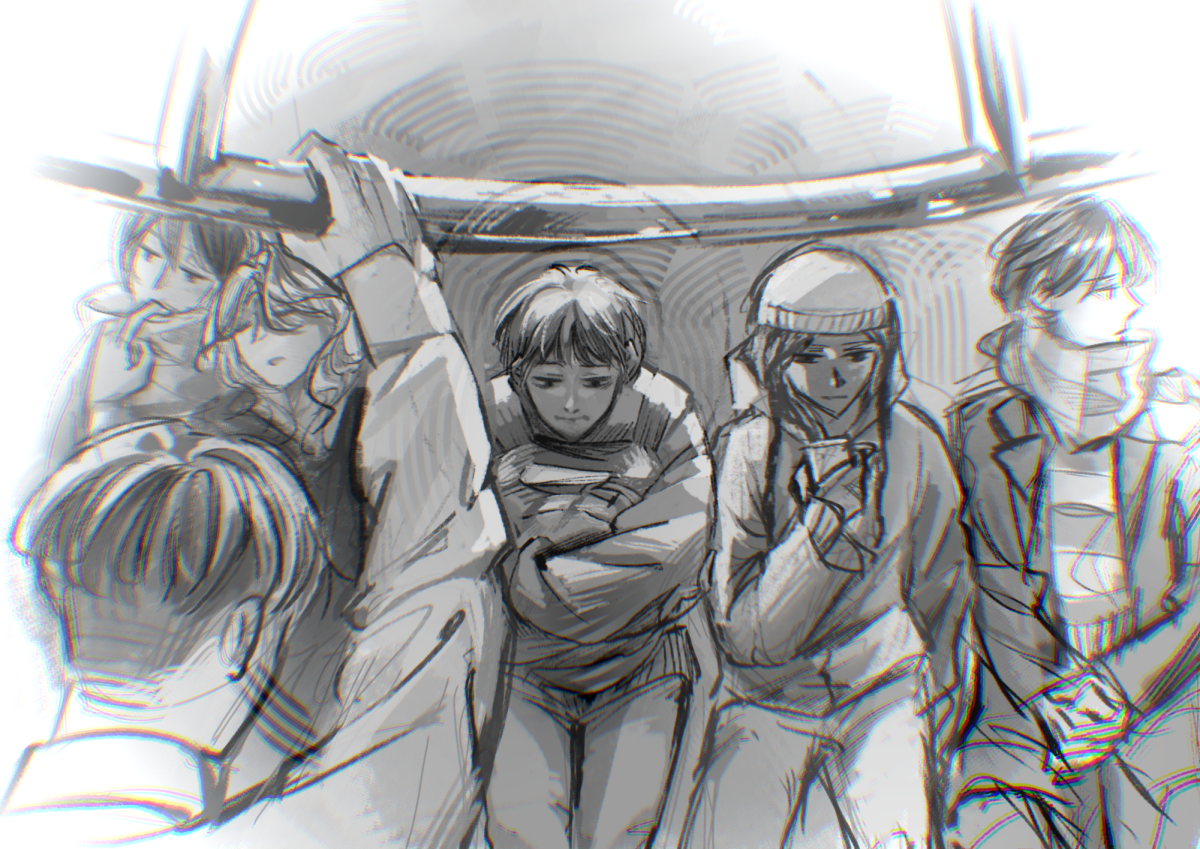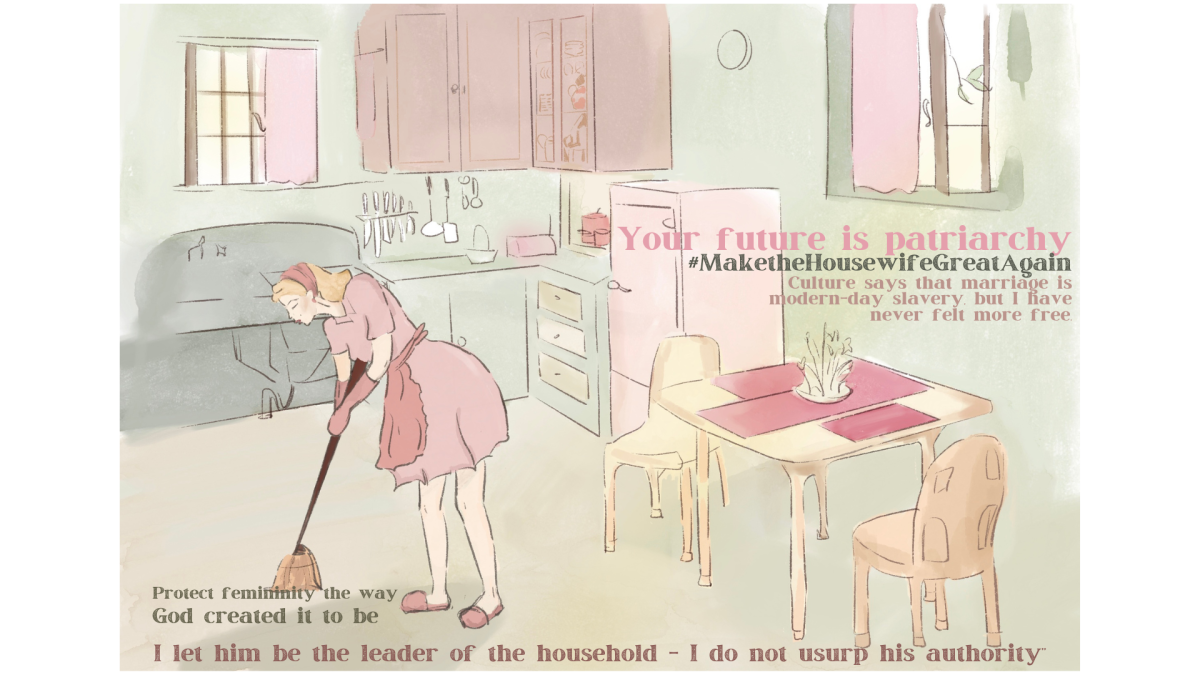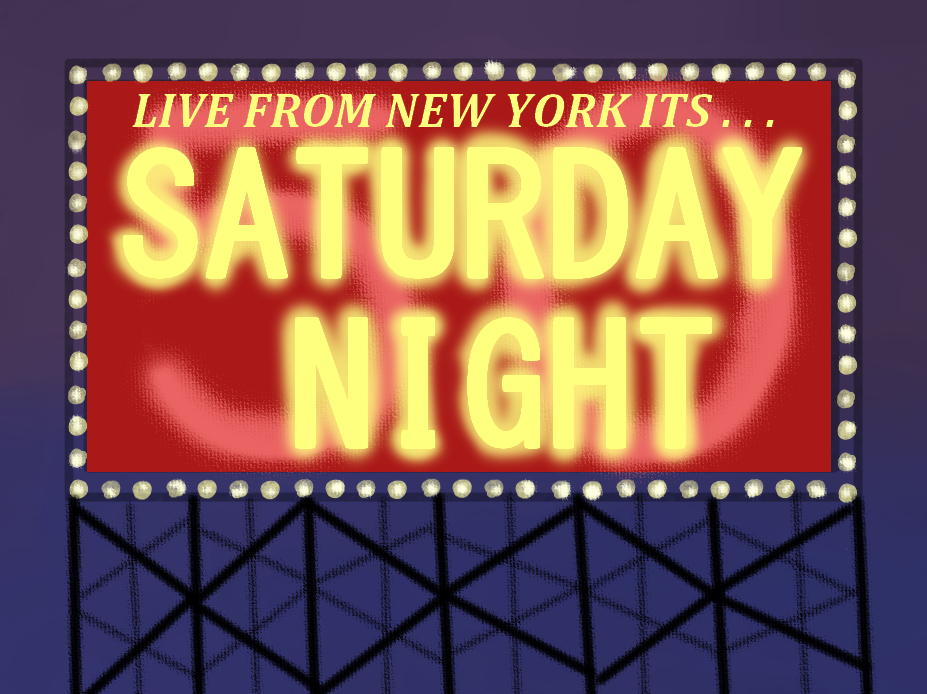As the COVID-19 pandemic confined people to isolated zoom calls, bedrooms during quarantine, and Door Dashed meals, people began to look elsewhere to occupy time and expand their world. The solution quickly came to be reading. But while reading levels and book purchasing generally increased during 2020, according to polls done by Independent UK and the Bureau of Labor Statistics, in person bookstores and libraries were struggling. According to the American Bookseller Association, around 20% of independent bookstores faced imminent risk of closing, and for the first year, one closed each week. But five years later, bookstores and libraries are seeing much more use, and reading itself may still be on a general rise.
Through a survey for libraries conducted in March of 2020, the Public Library Association found that 99% of respondents had closed and been forced to switch to online programs and digital catalogs. Because of this transformation, the use of audiobooks and ebooks grew by 25%, according to the Institute of Museum and Library Services. Because of this very successful shift to ebooks, digital catalogs have become a large part of library material even five years later. Now, digital materials comprise around 60% of public library collections.
Jillian McCoy, a Masters librarian since 2021, explained that in 2020 the previous librarian switched many materials over to a digital database, to give students more access to resources.
Senior and leader of the creative writing club Emerson Riter said, “I probably take out books [from the library] once or twice a month. For the most part, they are digital, but every once in a while I’ll get a physical one when I find myself there.” She also explained that her library card was connected to her Kindle through apps like Libby, which enables users to take out books from any library they have a card for. According to research done by Libby, more users are taking out audiobooks and digital texts now than during the pandemic.
McCoy, another Libby user, said, “For the public library, I use ebooks because I can check them out instantly, but then I do check out print books from [the Masters library].”
Bookstores are making a comeback as well, but rather than being because of the rising consumption of ebooks, it is due to the appeal of traditional books. Riter prefers a traditional hardcover or paperback, and so does Stacy Van Beek, an Upper School English teacher. She said, “I love physical books. I tried so hard to like the Kindle, because it’s so efficient. Efficient and environmentally conscious, and if you’re traveling you can take five books with you in this tiny little package. But I simply hate the physical experience,”
She also appreciates the distance it creates from screens. “[With physical books] there’s not the possibility of having seven other tabs open calling me to check on them, which I know happens when I have my phone around.”
Van Beek led a WinterMission course in January called “My Analog Life,” where she and her students spent much time engaging in activities that were device-less, one of which was reading long books for pleasure, without the analysis of English classes or access to phones. Van Beek was inspired by a similar university class in asceticism, or the self-restriction of indulgences, but specifically where students would swear off their phones for a few weeks and engross themselves in long books. According to her, the school didn’t believe the class would gain any traction, but it actually ended up garnering a waitlist. “There seems to be a hunger for just reading a big book and immersing [oneself] in it,” she said.
Bookstores offer an additional experience of going to a store and browsing books, that some people prefer to simply shopping online. Riter said, “I like to go to bookstores and make it a thing, I’ll get a coffee or something and walk around.” Riter will also go to the bookstore with her friends.
The largest age group that reads print books is the 65+ group, but the second largest is the range 18-24, says Test Prep Insight, based on a verified survey. The Copyright Agency has found that most teens prefer print to electronic books. McCoy has been trying in the past few years to expand the library’s print book collection. She said, “I appreciate having the ebook collection and we have access to the Westchester library system through Sora, that’s great, but I know that our students prefer print books.”
Riter notes that Gen Z has largely grown up around digital devices, so ebooks aren’t as novel. She said,“I think our generation is looking for things that aren’t on our phones. It makes sense to me that people want more physical, tangible things.”








